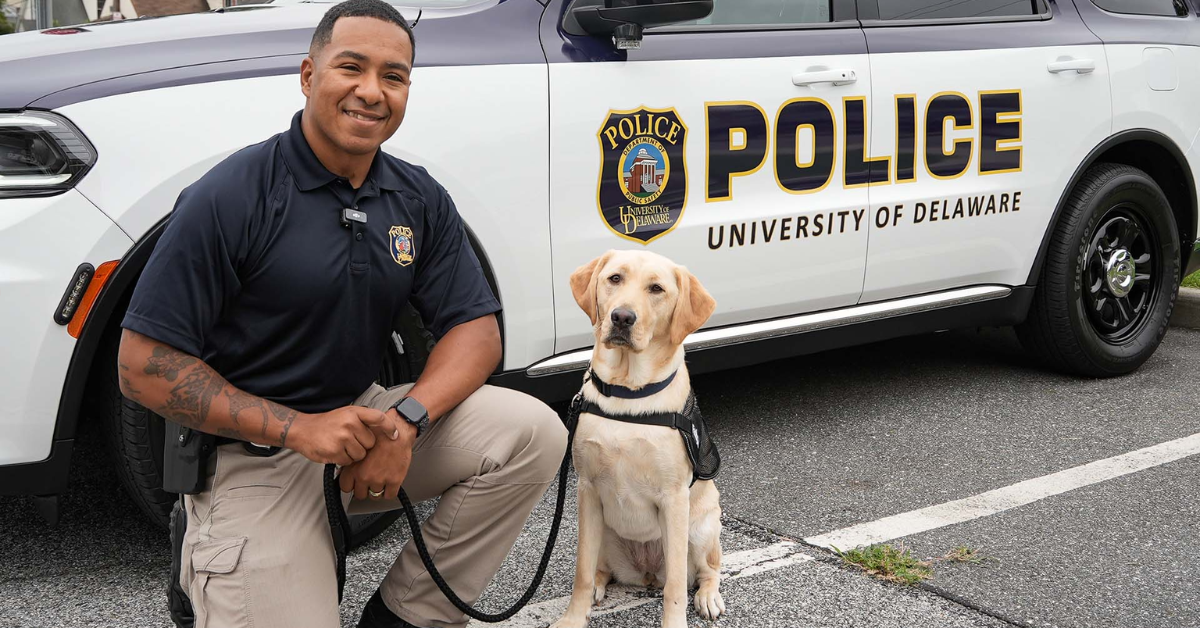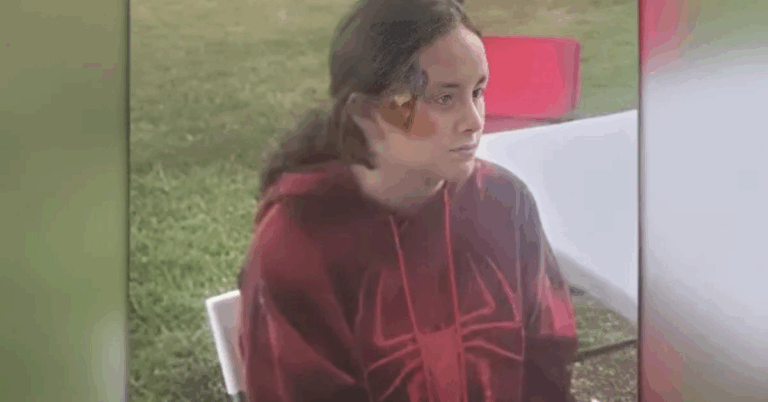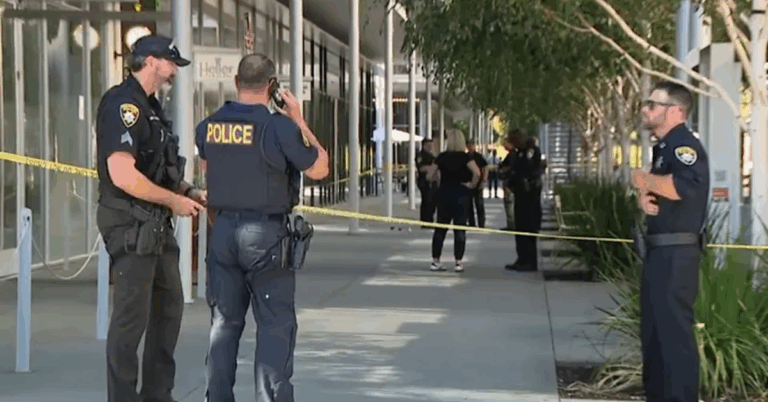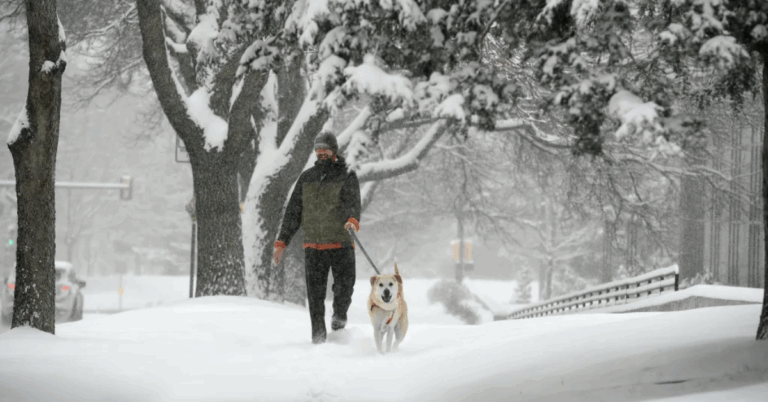
Milwaukee recently witnessed a disturbing incident where authorities found 34 animals living inside a single home. The situation quickly escalated when a teenager involved in the case was arrested after allegedly shooting at police officers. This alarming event has raised concerns about animal welfare and public safety in the area.
The discovery sheds light on the challenges faced by local law enforcement and animal protection agencies when dealing with such complex cases. In this article, we will explore what happened, how the authorities responded, and the implications for the community.
Details of the Incident: What Happened in Milwaukee?
According to the Milwaukee Police Department, officers were called to a residence following reports of suspicious activity. Upon entering, they found 34 animals including dogs, cats, and other pets living in cramped and poor conditions. The animal control team was immediately involved to ensure the animals’ safety and well-being.
During the operation, a teenager suspected to be responsible for the situation allegedly fired shots at the officers. Fortunately, no police officers were injured, and the teen was arrested at the scene. The incident has sparked an ongoing investigation into the teenager’s actions and the conditions in the home.
Animal Welfare Concerns Raised by Experts
Experts from the Milwaukee Area Domestic Animal Control Commission (MADACC) emphasized the severity of the animal neglect observed. Living in such overcrowded and unsanitary conditions can lead to severe health issues for animals. They confirmed that many of the animals were malnourished and required immediate veterinary care.
Such cases of animal hoarding often indicate deeper psychological or economic problems, making it crucial for both authorities and community support systems to intervene timely. The local animal welfare organizations are now working on providing shelter and rehabilitation for the rescued animals.
The Teen’s Arrest and Legal Consequences
The Milwaukee Police Department stated that the teen is currently facing multiple charges, including animal cruelty and assault with a deadly weapon. Shooting at law enforcement officers is a serious offense that carries heavy penalties under Wisconsin law.
According to the Milwaukee Journal Sentinel, the arrest is part of a broader crackdown on illegal activities affecting community safety in the city. Authorities hope this action will deter similar behavior in the future and highlight the importance of abiding by laws meant to protect people and animals alike.
Community Reactions and Calls for Action
News of the incident has sparked widespread concern across Milwaukee neighborhoods. Many residents have expressed their shock and sadness over the mistreatment of so many animals. Local animal advocates urge the community to report any signs of animal abuse or neglect promptly to prevent such situations from escalating.
In response, city officials are reviewing policies regarding animal welfare and police response tactics to ensure better preparedness for emergencies involving both humans and animals. Educational programs aimed at promoting responsible pet ownership are also expected to be strengthened.
Why It Matters: The Bigger Picture
Incidents like this highlight important societal issues such as animal cruelty, public safety, and juvenile crime. They remind us of the need for stronger support systems, including mental health resources and community outreach programs, especially for young people.
Animal welfare groups encourage citizens to remain vigilant and compassionate, offering help where possible. For those interested in supporting animal rescue efforts, organizations like MADACC provide avenues for volunteering and donations.
Conclusion
The case of 34 animals found in a Milwaukee home alongside the arrest of a teen who shot at officers is a stark reminder of serious local challenges. It calls for combined efforts among law enforcement, animal protection agencies, and the community to address and prevent such troubling events.
Continued awareness, education, and proactive intervention are key to ensuring both animals and people live safely and with dignity.









